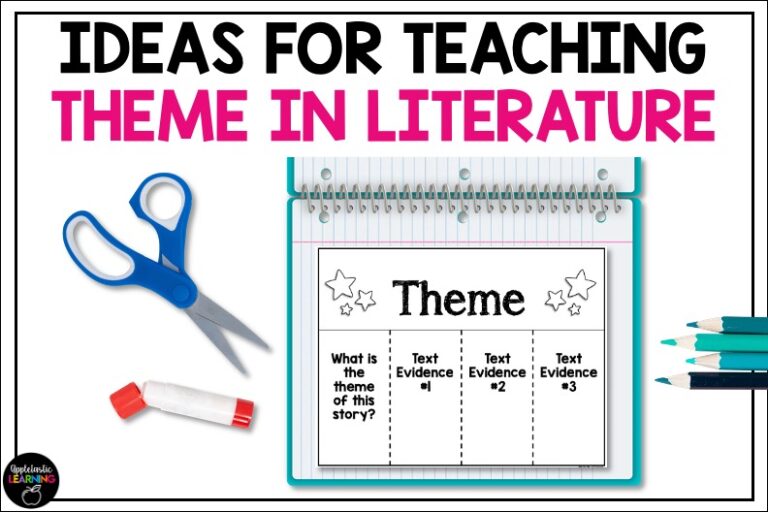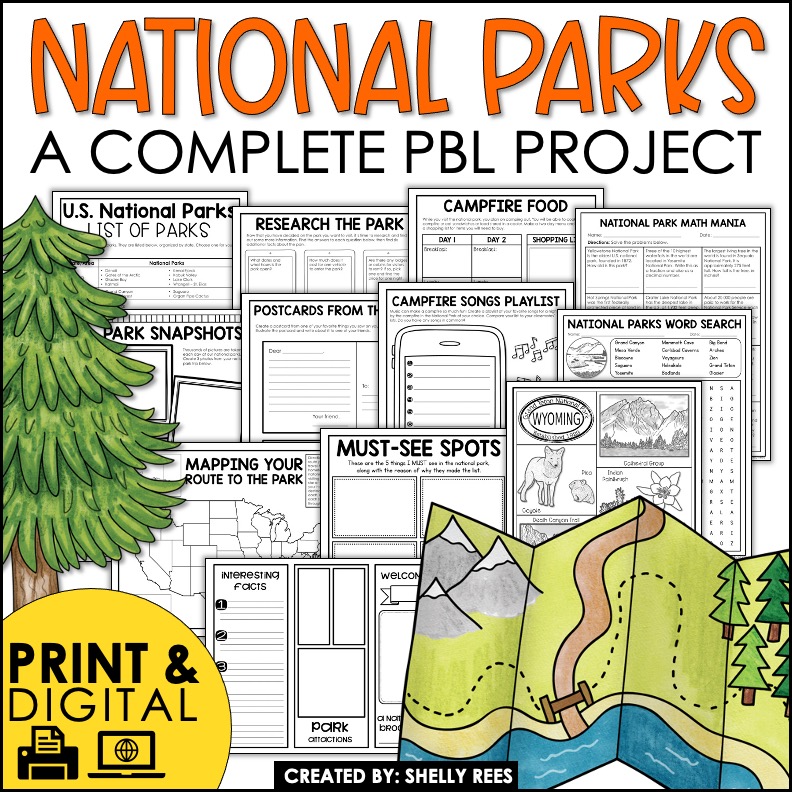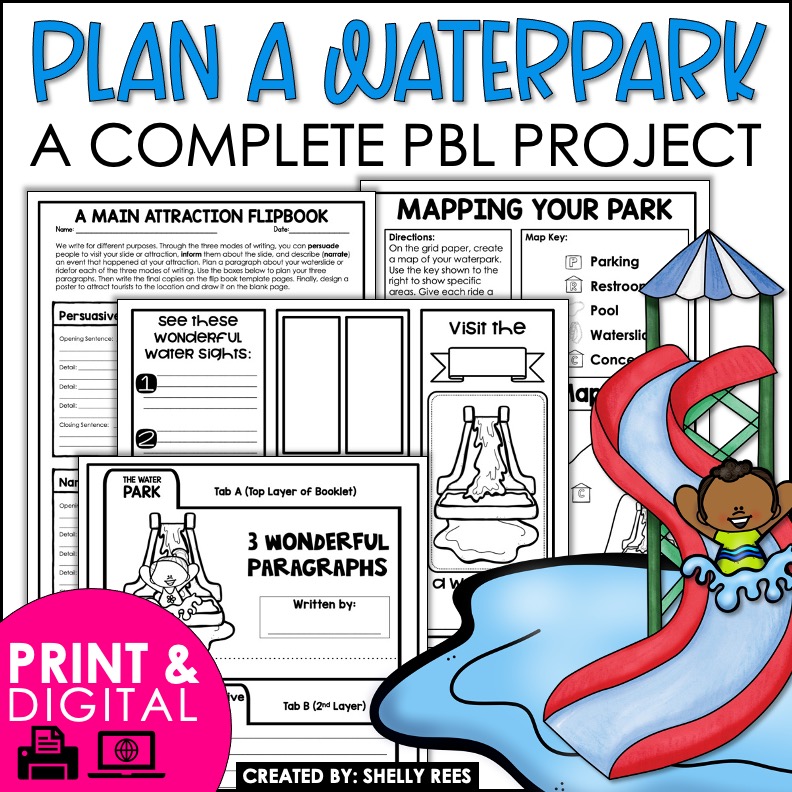

Project Based Learning (PBL) is becoming an increasingly popular teaching method in the classroom these days – and for good reason! Not only are there many benefits of project based learning, but it can also create an engaging learning environment. In this blog post, we’ll discuss 5 of those benefits that come with the implementation of PBL into the elementary classroom. Whether you’re just exploring PBL as a potential teaching strategy or have already implemented it in your own classrooms, there’s something here for you. So let’s dive in and start discussing all the amazing things Project Based Learning has to offer!
But first, be sure to sign up for your FREE, ready-to-go Lemonade Stand PBL Unit! You will not be disappointed!

Project based learning encourages students to think critically and develop problem-solving skills as they work through a project. The development of deeper-level thinking is one of the most valuable benefits of project based learning.
PBL creates an engaging environment in the classroom that encourages students to be active participants in their own education. By letting them take charge of a high-interest project, students gain a sense of ownership over their learning experience, making it much more enjoyable and rewarding for everyone involved. Check out Edutopia’s 5 steps to keep engagement high during project based learning.
Projects are designed to help students connect what they’re learning in school with real world applications – something that can be difficult to do with traditional teaching methods alone! Through projects, students will gain first-hand experience on how concepts can be used outside of the classroom setting and get ready for future success beyond the classroom walls! This blog post gives an overview of a real-world PBL unit from start to finish.
Check out this popular PBL unit which requires students to plan a trip to a National Park. The real-world application of this project is wonderful!

Working together on a project allows your students to learn important collaboration skills such as communication and compromise while also developing strong teamwork abilities like cooperation and respect. These are all invaluable life lessons that will stay with them long after they’ve finished the project itself!
Project-based learning encourages students to think outside the box and come up with creative solutions to problems. By giving them the freedom to explore different approaches, PBLs foster a sense of creativity that can be applied in other areas of their life as well. Additionally, this type of learning also gives students an opportunity to express themselves through their project work, allowing them to showcase their individual personalities and talents.
Students absolutely love getting the creativity flowing with this Plan a Waterpark PBL unit!

If you’re just starting out with PBLs, check out this helpful post, “What is Project Based Learning?” for additional definitions of what PBL units are and how to get started!
Project Based Learning is an incredibly powerful teaching approach that can have a lasting impact on your students. By providing them with the opportunity to develop critical thinking and problem solving skills, as well as learning how to work together in teams and express themselves creatively, there are numerous benefits of project based learning. If you haven’t already done so, it may be worth considering implementing this type of learning into your own classroom environment – you won’t regret it!
And. . . don’t forget to grab you FREE Start a Lemonade Stand PBL Unit! I hope you enjoy using it in your upper elementary classrooms!

Hi, I’m Shelly! Thank you for being here. I love helping third, fourth, and fifth grade teachers with fun and engaging activities that require no to little prep! Let me help you by taking some of the stress and work off your plate.

©2022 Shelly Rees. All Rights Reserved.